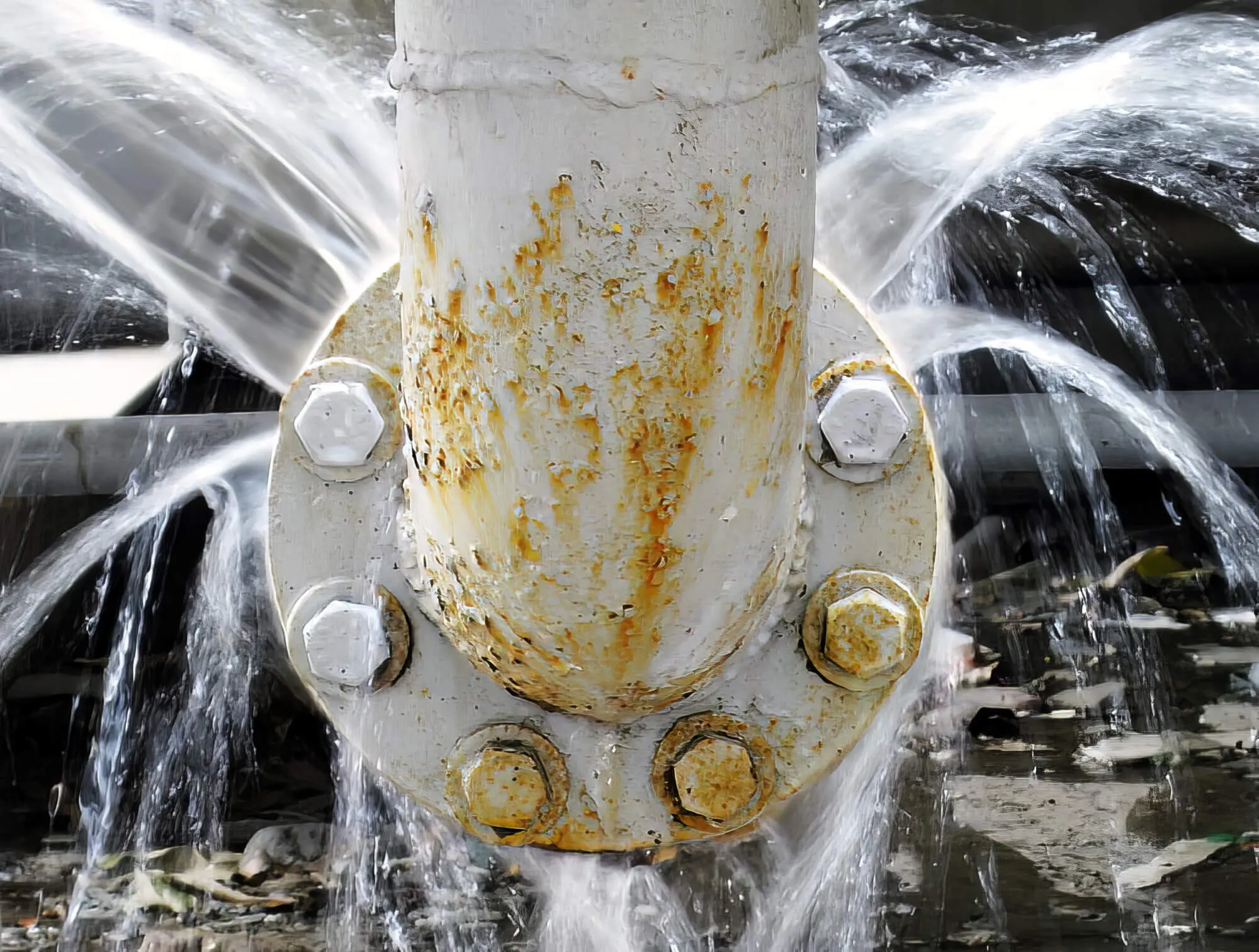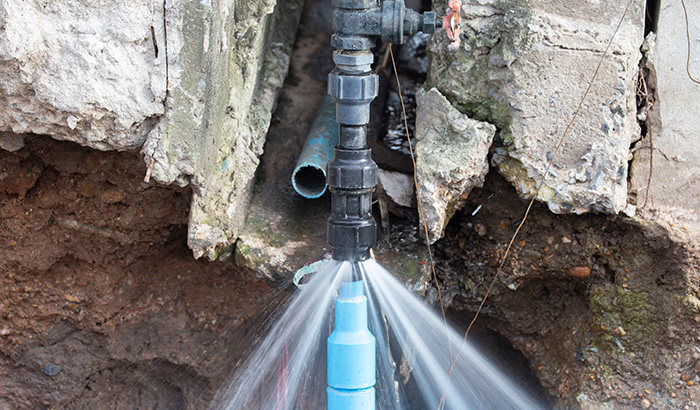Avoiding Ruptured Pipes: Essential Tips to Protect Your Plumbing
Avoiding burst pipes is an essential worry for house owners, particularly throughout colder months when the threat of cold is increased. Implementing tactical measures such as correct insulation, routine evaluations, and maintaining constant interior temperatures can considerably reduce the probability of pipe failure. Additionally, understanding emergency procedures equips property owners to respond quickly to potential pipes concerns. Several are unaware of the details vulnerabilities that their pipelines might face. Checking out these susceptabilities can provide very useful insights right into safeguarding your plumbing system properly.
Understand Pipeline Vulnerabilities
Comprehending pipeline susceptabilities is vital for effective pipes upkeep and protecting against costly damage. Several factors add to the susceptibility of pipes to bursts, including product make-up, age, and ecological problems. Older pipelines, especially those made from galvanized steel or polybutylene, commonly break down gradually, causing boosted danger of leaks and ruptures.
Temperature fluctuations can additionally dramatically influence pipe integrity. In colder environments, water caught in pipes can ice up, expanding and applying stress on the pipeline wall surfaces, which may inevitably cause a burst. Moreover, high water stress can strain pipelines, especially at joints and bends, enhancing the probability of failure.

Insulate Piping Effectively
Appropriate insulation of pipelines is crucial for preventing cold and subsequent bursts during winter (burst pipe). Shielding your pipes system properly safeguards versus temperature level drops that can lead to costly damage. Begin by identifying susceptible areas where pipes are subjected to outside temperatures, such as basements, attic rooms, and exterior wall surfaces
Use foam pipeline insulation sleeves or wrap insulation tape around these locations to give a protective barrier. Make sure that all sections of the pipes, particularly those with limited heat direct exposure, obtain ample insulation. Pay unique interest to fittings and joints, as these are more at risk to cold.
When protecting, it's vital to pick materials that meet neighborhood building regulations and are proper for the certain environment. As an example, fiberglass insulation is often advised for its thermal resistance properties - burst pipe. Additionally, take into consideration utilizing heat wires or tape in severe conditions, which can be plugged in to supply additional warm
Consistently check insulated pipelines for any indicators of wear or damage, as compromised insulation can diminish its performance. By taking these aggressive actions, you dramatically minimize the risk of pipeline ruptureds, guaranteeing a reputable pipes system throughout the winter season.
Maintain Regular Temperature
A stable indoor temperature level is crucial for avoiding burst pipelines throughout the cold months. When temperature levels decrease, water within pipes can freeze, developing and broadening pressure that may inevitably cause the pipelines to burst. To reduce this danger, house owners ought to maintain a constant temperature throughout their space, preferably no less than 55 ° F(13 ° C)Making use of a programmable thermostat can assist manage indoor temperatures efficiently, making certain that areas with plumbing stay cozy even when your home is unoccupied. Pay unique interest to areas that are much more vulnerable to cool, such as cellars, garages, and attics. Maintaining cupboard doors open under sinks can also allow warmer air from the home to flow around pipes.
This small circulation of water can avoid freezing by reducing pressure within the pipelines. By carrying out these techniques, homeowners can dramatically decrease the threat of pipe ruptureds and protect their pipes systems against the extreme wintertime components.
On A Regular Basis Examine Pipes
Regular inspections of pipes systems are crucial for preventing burst pipelines and maintaining general home stability. Throughout these evaluations, it is crucial to examine noticeable pipes for signs of rust, leakages, or put on.
Furthermore, checking links and joints is important, as these factors are commonly vulnerable to leakages. Homeowners need to additionally examine water stress degrees, as extreme pressure can strain the plumbing system and enhance the risk of pipe ruptureds.
Consider organizing professional plumbing assessments at least once a year, particularly before winter season, to guarantee your system is prepared for cooler temperatures. By being proactive in your strategy, you can protect your home against the disruptive and pricey repercussions of burst pipelines.
Know Emergency Situation Procedures
Understanding emergency situation treatments is important for each house owner, particularly after conducting normal pipes examinations. Being planned for a plumbing emergency can considerably reduce damages and save costs. Find your major water shut-off shutoff; it is commonly discovered near the water check this meter or where the main line enters your home. Familiarize on your own with its operation, as shutting down the water system swiftly can avoid substantial flooding.
Following, maintain important devices convenient. A plumbing emergency package should consist of a wrench, plunger, and towels, along with a flashlight and a bucket for small leaks. Furthermore, take into why not find out more consideration having the call info for a relied on plumbing technician conveniently offered, ought to the situation rise past your control.
If you identify a leak or ruptured pipe, immediately switch off the water and alert your plumber. Moreover, document the damages with pictures for insurance coverage purposes. burst pipe. Recognize the indicators of prospective plumbing concerns, such as uncommon water pressure fluctuations or damp places on wall surfaces
Eventually, proactive expertise and quick action are critical in managing pipes emergencies, ensuring your home stays protected and decreasing prospective damage.

Final Thought
Finally, stopping burst pipes demands a diverse technique that includes understanding pipeline susceptabilities, appropriate insulation, maintaining their explanation regular interior temperatures, normal examinations, and understanding of emergency treatments. By carrying out these necessary strategies, the threat of plumbing failings can be substantially decreased, thereby making certain the durability and efficiency of the pipes system. Proactive actions not only guard against possible damage yet likewise add to general water conservation and the protection of property.
In chillier environments, water trapped in pipelines can freeze, putting in and broadening stress on the pipe wall surfaces, which might ultimately lead to a ruptured. When temperature levels decrease, water within pipelines can ice up, creating and broadening stress that might ultimately trigger the pipelines to ruptured. By executing these approaches, homeowners can substantially lower the risk of pipe ruptureds and guard their pipes systems against the severe wintertime components.
